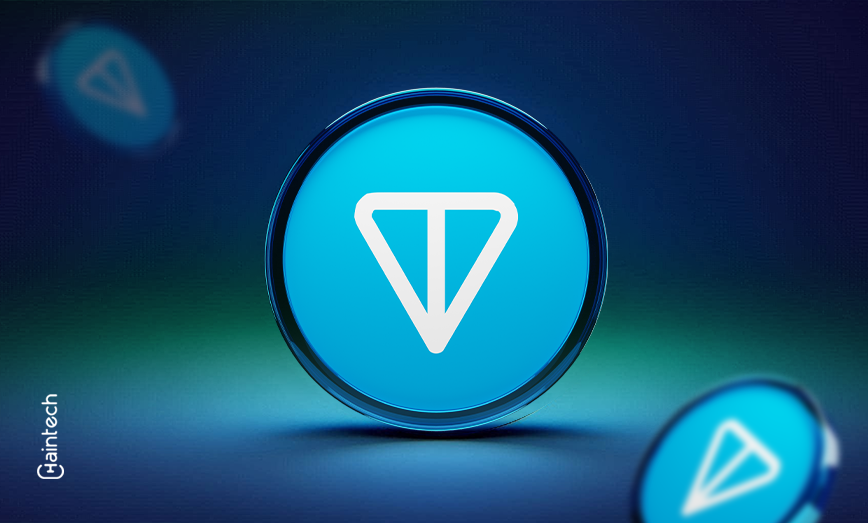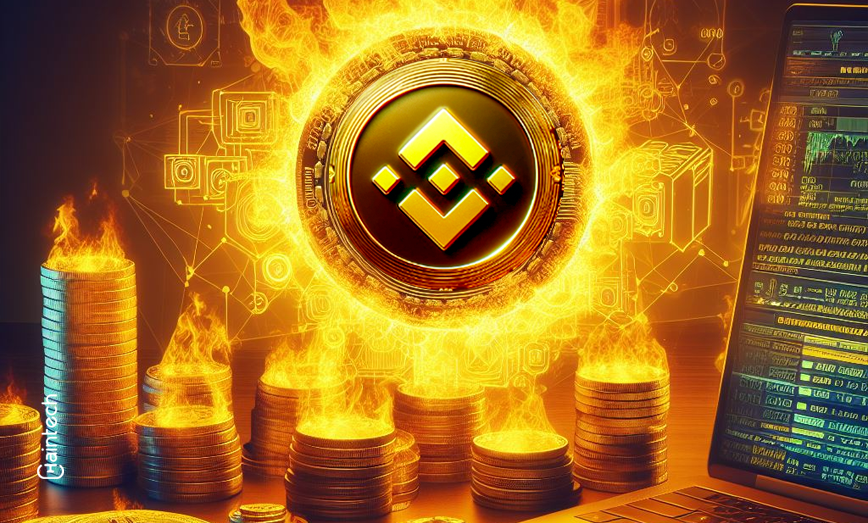What is Toncoin (TON) and How Does it Work?

Crypto fans recall Toncoin as the virtual cryptocurrency for Telegram. In 2020, the SEC sued the messaging network, thereby putting an end to its cryptocurrency ambitions. Telegram’s founder backed it, and it’s sold on major crypto exchanges. Toncoin has returned and is now more popular than ever.
In this blog, we will learn everything about Toncoin and its $TON cryptocurrency.
What is Toncoin?
TON Blockchain, short for The Open Network, powers Toncoin, a decentralised cryptocurrency. Legal issues forced Telegram to shut down the Telegram Open Network in 2018, but it has since evolved into its current form. TON Blockchain is a Layer 1 smart contract network for general and specialised financial applications.
Toncoin powers TON ecosystem transactions and services. Over a million non-fungible tokens (NFTs) have been produced on the network, along with fungible tokens like Toncoin.
TON’s Proof of Stake (PoS) consensus mechanism ensures network scalability and efficiency while being more environmentally friendly than PoW systems. Scalability strives to support billions of users without sacrificing performance.
The network’s virtual machine handles state, allowing external apps and contract accounts to interact. This feature benefits decentralised finance (DeFi) projects that can use the TON blockchain.
Over 3 million accounts have been established, and active accounts have grown rapidly year over year. This high usage is largely attributable to Telegram’s large user base and brand recognition.
Toncoin and the TON Blockchain use the PoS consensus method to create a secure and efficient infrastructure for a variety of financial and digital activities.
History of Toncoin
The Open Network (TON) native cryptocurrency Toncoin has a long history that began with Telegram. TON was founded by brothers Nikolai and Pavel Durov to establish a high-performance blockchain for Telegram’s large user base and beyond. The project’s progress was drastically altered by regulatory issues.
Early Days: Telegram Open Network
Toncoin began in 2017-2018 when the Durov brothers and their Telegram team began developing a blockchain solution to overcome Layer-1 network restrictions. Gramme was the native token of the Telegram Open Network (TON) project introduced in 2018. The initiative quickly raised $1.7 billion in a private token sale, one of the greatest crypto fundraising attempts at the time.
U.S. Securities and Exchange Commission scrutiny slowed the project’s progress. Gramme was classified as a security by the SEC, prompting legal obstacles that compelled Telegram to leave the project in May 2020. Telegram refunded its early investors and left TON.
TON’s open-source nature allowed unaffiliated developers to take over once Telegram left. Community members like Anatoliy Makosov and Kirill Emelianenko led network development. A community-driven movement rebranded the project “The Open Network” (TON) and renamed the native token Gramme to Toncoin.
These dedicated contributors founded the TON Foundation, which advanced the Toncoin ecosystem. The foundation introduced decentralised services, including TON Storage, TON Proxy, and TON DNS to improve the TON blockchain.
After reformation, the TON network has grown and become popular. Community resilience and determination have kept the project on track. The Toncoin cryptocurrency’s price fluctuates with project achievements and market trends.
Crypto enthusiasts and investors are interested in Toncoin’s growing ecosystem and utility. TON’s scalable and efficient Layer-1 blockchain solution will impact decentralised finance (DeFi) and the crypto industry.
How does Toncoin work?
Toncoin uses blockchain, smart contracts, and DLT to provide a safe and efficient platform.
A basic explanation of Toncoin function:
Toncoin relies on blockchain technology. It tracks all transactions on a decentralised computer network. Each encrypted transaction links to the previous one, producing a block chain. This makes the transaction history secure, visible, and immutable.
Agreement Mechanism
Toncoin implements Proof of Stake consensus. PoS chooses validators based on their coin holdings, unlike PoW, which requires miners to solve complicated mathematical problems to validate transactions. How it works:
Toncoin hoarders can become validators. They validate and add new transactions to the blockchain. Transaction fees reward validators, not currency. This approach is more energy-efficient than PoW and protects the network.
Smart Contracts
Toncoin supports smart contracts, self-executing contracts with coded terms. These contracts automatically act when predefined circumstances are satisfied, eliminating intermediaries.
Tamper-proof smart contracts guarantee terms. This allows the TON blockchain to host several dApps and services. Toncoin smart contracts enable trustless and automated systems for decentralised finance (DeFi) and supply chain management.
Features of Toncoin
Toncoin has many revolutionary features to create a quick, secure, and scalable decentralised network. Simple explanation of Toncoin’s uniqueness:
Distributed Supercomputer
The TON Blockchain, a “super server” for Toncoin products and services, powers it. This strong blockchain processes millions of transactions per second (TPS), enabling a fast, secure decentralised internet.
Performance Metrics
It scales complex transactions and smart contracts well. This makes it excellent for Decentralised Finance (DeFi), gaming platforms, and DAOs. Toncoin can handle these complex applications thanks to its high-performance blockchain.
Rapid Transactions
The TON ecosystem generates blocks every 5 seconds. This quick block creation speeds up transactions like money transfers and smart contracts, improving user experience.
Mass Scalability
It uses workchains and dynamic sharding to accommodate massive user numbers and transactions. The protocol specification states that TON can process millions of transactions per second, allowing the network to scale as more users join.
A decentralised ecosystem
It’s decentralised ecosystem makes transactions secure and transparent. Decentralisation promotes fairness and security by preventing one entity from controlling the network.
TON Services
Developers can use TON Services to construct decentralised apps (dApps), which consumers can access through a simple interface. This simplifies dApp use and improves the user experience.
TON Storage
It secures digital assets well. Users can encrypt their wallets with private keys to protect their funds. This functionality is essential for decentralised asset protection.
Conclusion
As the decentralised network expands its ecosystem and solidifies its position in the crypto world, Toncoin (TON) has intriguing prospects. Toncoin can capitalise on global blockchain technology and decentralised application adoption by focusing on scalability, security, and efficiency.
Community-driven development and the TON Foundation’s initiatives have helped Toncoin grow and attract a broad set of users and developers. Toncoin (TON) demand is likely to expand as it integrates its unique decentralised services into numerous industries, consolidating its position as a leading crypto player.
It has great potential, with an emphasis on regulatory compliance, strategic collaborations, and innovation. Crypto aficionados and investors may expect the network to flourish and offer new opportunities.









